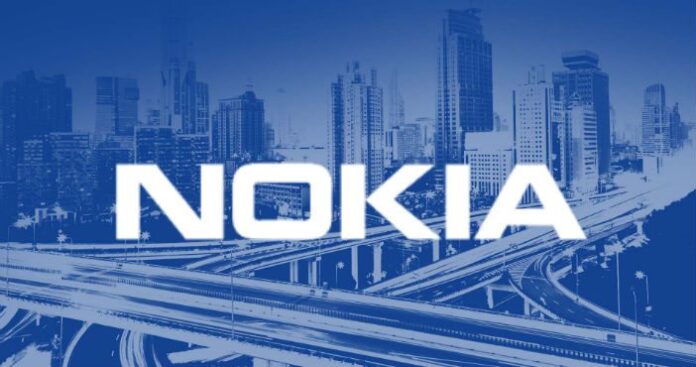Nokia announces Enterprise Session Border Controller
Nokia introduced a new cloud-native Enterprise Session Border Controller (eSBC), which the company said provides high-quality IP voice and video services.
Nokia’s eSBC is intended to mitigate cyber attacks, optimize the use of IP bandwidth for communications and thwart unauthorized access attempts. The company said the eSBC delivers high-quality IP voice and video services using call admission control to stop network overload, and by simplifying and optimizing communication paths in the network.
The cloud-native software solution runs on popular hypervisors, a program that allows users to host multiple virtual machines on a single piece of computer hardware. This provides customers with new features and capabilities, while allowing them to pay for only what they need. It also enables users to connect to all types of PBX, Voice over IP (VoIP), call center and UC systems within their networks easily, according to the company.
The solution comes at a time of heightened awareness concerning cyber attacks. Last November, for example, a report published by Corero Networks Security found Distributed-Denial-of-Service (DDoS) attacks are becoming increasingly common and advanced. DDoS attacks try to prevent a service from being delivered by overwhelming it with traffic from various computer systems. The report found that Corero customers experienced on average 237 attacks per month in the third quarter 2017, a 35% increase compared to the previous quarter and a 91% increase compared to the first quarter.
“General purpose firewalls may not recognize certain traffic types as attack traffic, such as a flood of SIP Invites or UDP packet traffic that is properly formed but invalid,” explained Bryan Davies, marketing director, communications and collaboration at Nokia, in an email exchange with RCR Wireless News. “These attack types may be application-layer in nature, or have the general context of the application, but occur at a lower layer in the stack. The challenge that we specifically address with a Session Border Controller is protecting the IP communication interfaces against these types of attacks, for which a general purpose firewall is ineffective.”
As to what makes Nokia eSBC uniquely qualified to manage these kinds of attacks, Davies said,
“We’ve designed the Nokia SBC with an application-aware firewall that sits in front of the SIP stack back-end processing function. This firewall uses separate and separately scalable resources to identify and discard invalid traffic up to the line speed of the interface feeding the SBC – without impacting the resources used by the other parts of the SBC that handle valid traffic. It means that while under DDoS attack, valid calls continue to be handled right up to the capacity limits of the SBC.”
Other features of Nokia’s eSBC include a built-in WebRTC gateway to deliver communications services to devices via a web browser. It leverages Nuage Networks SD-WAN capabilities as well. SIP trunking is included to reduce the cost to connect calls to the public network and simplify communications streams within the network. Interworking functions like transcoding, call recording, signaling and media encryption, and Session Initiation Protocol (SIP) normalization are featured too. Nokia said its eSBC will be generally available by the end of the month.

